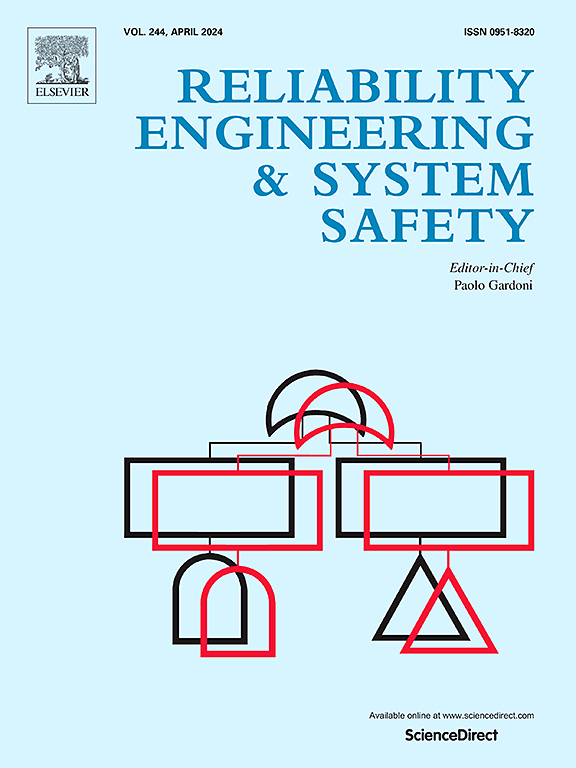函数非线性自回归模型(F-NARX)的代理模型
IF 11
1区 工程技术
Q1 ENGINEERING, INDUSTRIAL
引用次数: 0
摘要
我们提出了一种新的功能方法来代理建模与外源输入的动力系统。这种方法被称为带有外源输入的泛函非线性自回归(F-NARX),它基于外源输入和系统响应的时间特征来近似系统响应。这标志着远离经典NARX模型的离散时间中心方法的重要一步,后者决定了输入/输出时间序列的选定时间步长之间的关系。通过在时间特征空间中对系统进行建模,F-NARX利用了被建模过程的时间平滑性,提供了更稳定的预测,并减少了模型性能对时间轴离散化的依赖。在这项工作中,我们介绍了基于主成分分析和多项式回归的F-NARX实现。为了进一步提高预测精度,我们还引入了一种改进的混合最小角度回归方法来识别稀疏模型结构并最小化预期预测误差,而不是一步前的预测误差。我们通过两个案例研究调查了F-NARX实施的行为和能力:风荷载作用下的八层建筑和地震荷载作用下的三层钢框架。我们的研究结果表明,F-NARX具有几个有利的特性,使其非常适合代理建模应用。本文章由计算机程序翻译,如有差异,请以英文原文为准。
Surrogate modeling with functional nonlinear autoregressive models (F-NARX)
We propose a novel functional approach to surrogate modeling of dynamical systems with exogenous inputs. This approach, named Functional Nonlinear AutoRegressive with eXogenous inputs (-NARX), approximates the system response based on temporal features of the exogenous inputs and the system response. This marks a major step away from the discrete-time-centric approach of classical NARX models, which determines the relationship between selected time steps of the input/output time series. By modeling the system in a time-feature space, -NARX takes advantage of the temporal smoothness of the process being modeled, providing more stable predictions and reducing the dependence of model performance on the discretization of the time axis.
In this work, we introduce an -NARX implementation based on principal component analysis and polynomial regression. To further improve prediction accuracy, we also introduce a modified hybrid least angle regression approach to identify a sparse model structure and minimize the expected forecast error, rather than the one-step-ahead prediction error.
We investigate the behavior and capabilities of our -NARX implementation on two case studies: an eight-story building under wind loading and a three-story steel frame under seismic loading. Our results demonstrate that -NARX has several favorable properties that make it well-suited to surrogate modeling applications.
求助全文
通过发布文献求助,成功后即可免费获取论文全文。
去求助
来源期刊

Reliability Engineering & System Safety
管理科学-工程:工业
CiteScore
15.20
自引率
39.50%
发文量
621
审稿时长
67 days
期刊介绍:
Elsevier publishes Reliability Engineering & System Safety in association with the European Safety and Reliability Association and the Safety Engineering and Risk Analysis Division. The international journal is devoted to developing and applying methods to enhance the safety and reliability of complex technological systems, like nuclear power plants, chemical plants, hazardous waste facilities, space systems, offshore and maritime systems, transportation systems, constructed infrastructure, and manufacturing plants. The journal normally publishes only articles that involve the analysis of substantive problems related to the reliability of complex systems or present techniques and/or theoretical results that have a discernable relationship to the solution of such problems. An important aim is to balance academic material and practical applications.
 求助内容:
求助内容: 应助结果提醒方式:
应助结果提醒方式:


